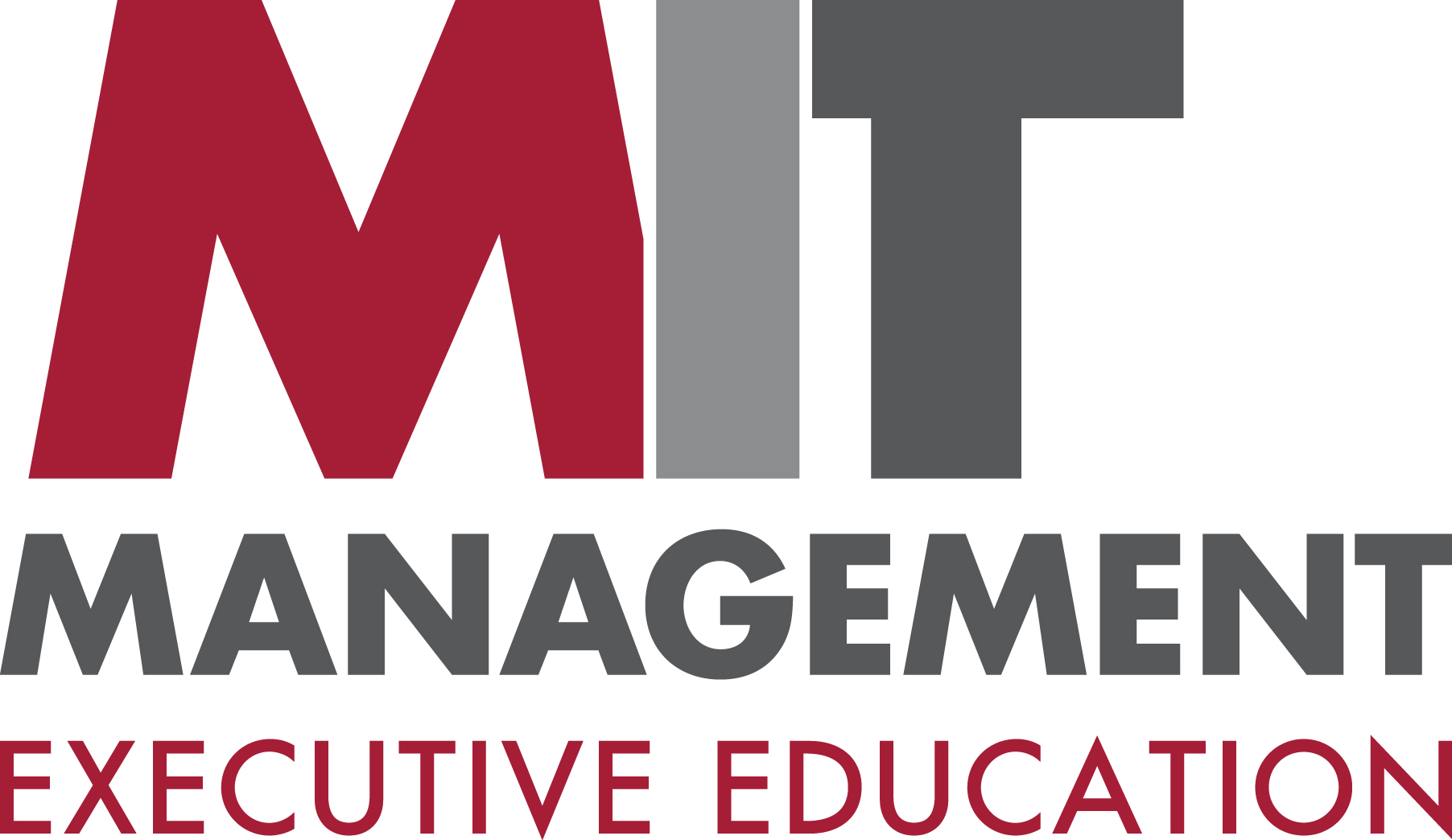- Learning
Rapid Innovation in Executive Education
MIT Sloan’s Peter Hirst considers the impact of the pandemic and how it will spur innovative approaches to executive learning
Speaking at a virtual roundtable co-convened by IEDP and UNICON at the start of June, Peter Hirst MBE, Senior Associate Dean of Executive Education at MIT Sloan School of Management, shared his insights into the impact of the pandemic on the executive education sector, and what might come next.
There has certainly been a remarkably fast, and in many cases a relatively smooth pivot to online delivery, across the sector of university-based executive education providers. Doubtless much hard work has gone on behind the scenes in order to accomplish this.

For Hirst, the next challenge is to get the content right—for an audience whose challenges have not only rapidly shifted but multiplied. “How do we need to help?”—is the key question of the moment for Hirst, “How can we help leaders to lead when we are in the throes of such consequential change and uncertainty?”
The answers to those questions have always been a driver for executive education design, but Hirst sees them now as more essential than ever. “I think as a sector we need to scale-up our ability to help businesses address the challenges they are facing with much more urgency than in the past,” he states.
What are some of the challenges that companies and businesses are finding themselves needing to learn about most right now, and learn quickly? “We have seen a real acceleration of demand and interest in things like digital transformation of the enterprise,” reveals Hirst. “This is not a new topic for business schools, but for many companies what might have been on their ‘Someday’ plans, is now on the agenda ‘Today’.”
Alongside content, the other driver of rapid innovation in executive education has been the surge in both demand and supply of virtual learning and online delivery—an area where MIT Sloan has been a pioneer and innovator for decades. Here Hirst highlights what he sees as an important trend growing across academia, that has been accelerated by this crisis—and one that many in executive education may still yet be sleeping on: “I think a big wave is building around the demand for well designed, very engaging, asynchronously delivered experiences—even for senior executives. We have C-suite executives taking six week, 10 hours a week, asynchronous executive programs.”
This is in contrast to the rather bad rap that may still hang over asynchronous executive education for some, stemming back to the days of the original MOOCs. At the forefront of this mode of delivery though, Hirst can see the massive forward progress that has been made in the design of these programs. “I believe that we can deliver more compelling experiences virtually now than ever before. And some elements actually work out to be better [than in-person]. For example, it turns out we're finding it easier to get engagement from senior executives to help us in the delivery of programs in this virtualized world, than before. In an incredibly busy schedule, to come to a campus to give an hour-long lecture in a predictable and reliable way, can be a big ask. On the other hand, the enthusiasm to engage in that way has clearly always been there. Virtual delivery is allowing these senior leaders to talk to future and emerging leaders, whether it's in their own company in the context of a custom program, or out there in the market for talent.”
Hirst sees that this pandemic and the ensuing breakdown of certain global supply chains, and disruption of certain workplace norms and behaviours, has brought about a transformative questioning of how companies operate, how people work, and how many individuals live their lives. “What does that mean for how we think about and execute strategy in our businesses?”—he asks, “What does it mean to really think differently about risk in supply chains? Supply chain programs may have been seen as a poor relation to their strategy or leadership counterparts in some cases. Now all of a sudden global supply chain resilience is of key strategic value.”
Hirst sees other benefits arising from the increasingly online delivery of programs too—for individuals, organizations, and for the providers themselves. As Hirst explains, “There are many people now accessing our executive education programs that were not easily able to do that previously, primarily for travel reasons. And we are learning a lot from those new customers.”
Asked what makes the continuation of learning and development so important at a time like this, Hirst is crystal clear: “One thing this crisis has shown us is that, if we thought learning was a luxury, we know now that was a mistake—deep learning is essential. The more fog there is out on the landscape, that we're all trying to scan and work in, the more value there is for the rigor of university-based executive education, and that blend of a scientific approach to management, with the practice of management.”
...........................................................................................................................
Peter Hirst is Senior Associate Dean, Executive Education at MIT Sloan School of Management, where he leads a team of professionals who partner with clients and faculty to design, develop, and deliver innovative and impactful executive education programs for individuals and companies. Follow him on Twitter @PeterHirstMBE
...........................................................................................................................
Learn about the open enrollment and customized executive programs offered by MIT Sloan
MIT Sloan is uniquely positioned at the intersection of technology and business practice, and participants in our programs gain access to MIT’s distinctive blend of intellectual capital and practical, hands-on learning.
ARTICLES YOU MIGHT LIKE
VIEWPOINT
For Thomas Misslin, transformation rather than training is the aim of executive education at emlyon business school
DEVELOPING LEADERS QUARTERLY MAGAZINE AND WEEKLY BRIEFING EMAILS


































